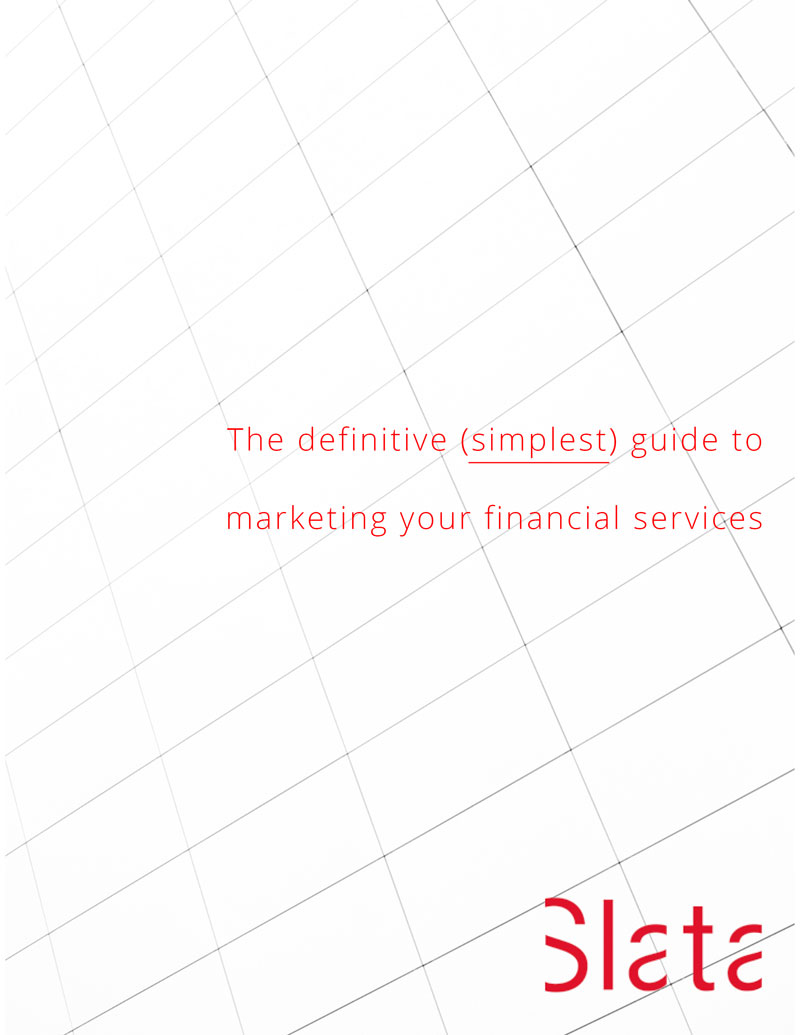What Financial Services Can Learn From Luxury Marketing
by Beau Fraser, November 25, 2015, 11:35 AM
For an industry that targets the wealthy, Financial Service marketing, while well-crafted and professional, does not always connect with their target.
This could be remedied if Financial Services studied the lessons learned by another group that successfully target the affluent: Luxury.
Much of financial marketing is very rational (performance rankings) and transactional (theme of the month) with a dollop of fear mixed in for good measure (will you have enough to retire?].
Conversely, luxury marketing is invariably aspirational, positive and emotional.
How is it that two different industries can take such a diametric approach when speaking to the same target?
Here are five lessons we’ve learned from the Luxury category and how they apply to Financial Services.
1. There are many different affluent types.
If you look at financial services ads, you’d think the affluent come in only two sizes: be-suited professionals, or sweatered-and-khakied retirees fishing with their grandkids. These images are a turn-on to perhaps 15% of the market.
Luxury markets have learned that no brand appeals to everyone, and the most successful know to appeal directly to a target type.
2. There’s a big difference between affluence and wealth.
The affluent segment is defined as HH income above $100K. That might sound impressive to some—but they probably don’t have enough investable assets to make them worth your while.
Unless you sell to the mass affluent—think Coach and Ralph Lauren—there’s more money to be made focusing on the wealthy. You need to insure 20 $1mm homes in Hastings to equal one $20mm house in the Hamptons.
3. The wealthy are sophisticated shoppers.
The wealthy, regardless of income, lifestyle or nationality, are smart, sophisticated buyers. They know the difference between excellent and mediocre, between real and pretend. They have very high standards and are not easily fooled.
Luxury marketers have learned that most purchases are consideredpurchases—requiring an emotional appeal to values and self-image as well as facts that support purchase decision.
4. Getting beyond the gate is harder than you think.
The affluent are hard to reach. They’re walled off, and live—literally and figuratively—gated lives. Luxury marketers have learned that speaking and acting like a trusted advisor gets them inside.
How?
- Make the complicated simple. Trusted Advisors help their clients identify critical factors and present a small list of options that meet those criteria.
- Be honest about the pros & cons. Trusted Advisors let their customers know where the risks are.
- Put change into context. Trusted Advisors have the experience that lets them explain, with confidence, how enduring products and services adapt to change.
5. A positive future view is the antidote to a volatile world.
While Financial Services focus on the future (i.e., retirement), most of their messages are based on fear: will you have enough?
Take a leaf from the Luxury playbook, and talk about the positive economic, social and scientific changes occurring now, their impact on long-term investment opportunities, and on the bright future that can be expected for the children and grandchildren of the wealthy.


